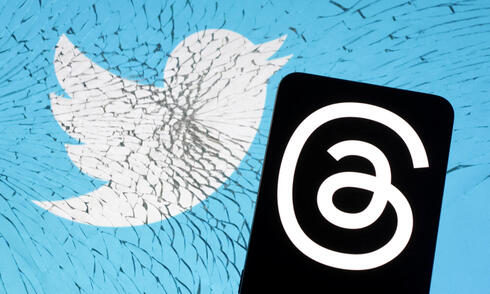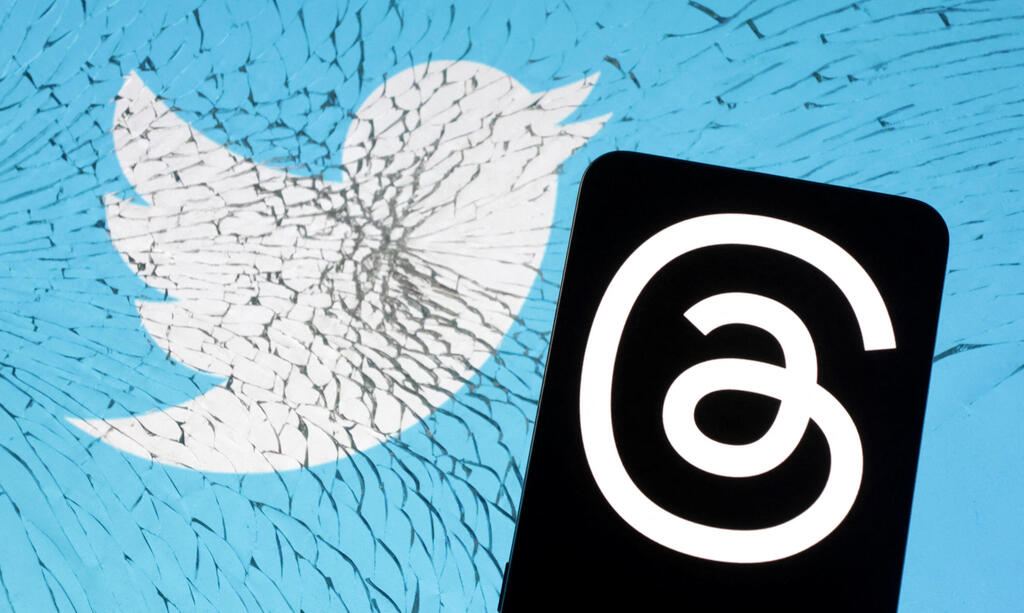
Meta's Threads: Challenging Twitter's dominance with TikTok-inspired strategy
Meta has deliberately diverged from the recipe that has been at the core of Twitter's success, which revolves around news and politics, and instead focuses on users' desire for communities and memes
Every new social platform has two initial basic tasks: first, to attract a large number of users. Second, to ensure these users keep coming back even after the initial curiosity fades.
In the first task, Threads, Meta's Twitter clone, achieved tremendous success. With over 70 million registered users in just two days, it already amounts to about one-fifth the size of Twitter. To tackle the second, more complex task, Meta borrows a trick from its most formidable competitor, TikTok. In the process, it deliberately diverges from the recipe that has been at the core of Twitter's success, which revolves around news and politics, and instead focuses on users' desire for communities and memes.
Twitter's foundation rests on a chronological feed. This forms part of its ethos—a social platform where discussions occur in real-time, centered around politics and current affairs. It has been true since its early days when breaking news stories like the Hudson River plane landing and Michael Jackson's death in 2009 surfaced on Twitter before reaching mainstream media. It has also played a pivotal role in conveying messages during iconic protests, from Iran's Green Movement in 2009 to the ongoing protests against the judicial coup in Israel.
Even after its main competitor, Facebook, abandoned the chronological feed in favor of an algorithmic newsfeed that displays posts based on user interest rather than chronology, Twitter stuck to its chronological approach. While Twitter did introduce an algorithmic feed over time, it failed to gain much popularity. Attempts to make it the default option were met with strong backlash from users, forcing Twitter to revert to the chronological feed. Elon Musk's manipulation of the feed's algorithm to increase the exposure of his tweets contributed to user resentment towards Twitter.
However, Threads is a new platform, and Meta can shape its foundation based on its own desired ethos, without users protesting every change. To achieve this, Threads adopts a trick shamelessly borrowed from TikTok, as Meta excels in adapting existing innovations.
Every new social platform faces a significant challenge: during the initial phase, providing enough content to justify users' repeated visits proves difficult. Many of their followers and potential connections are not yet on the platform, and those who are present may have limited activities, resulting in a monotonous and uninteresting feed that discourages return visits. This challenge also affects more established platforms. In the conventional model, new users must follow or add friends to populate their feed with content. Until they do so, the social network offers little benefit.
TikTok's solution to these challenges involved building the initial experience not around followers or friends but on an AI algorithm that learns the user's preferences from the moment they become active on the platform. When users enter the application, they are immediately shown a video selected by the algorithm. The algorithm then learns the user's preferences based on their response to the video—whether they watched it to the end or moved on to the next one. In a short time, the algorithm floods the user's feed with videos that align with their preferences, even if they haven't followed any creators or subscribed to specific accounts.
This sophisticated feed lies at the heart of TikTok's success. It creates a sticky experience that entices curious users to return repeatedly. TikTok's user-friendly onboarding experience, which is almost barrier-free, has attracted over a billion monthly active users.
Following this approach, Meta implemented a similar strategy with Threads. The new application ditches the chronological feed and instead adopts a TikTok-like feed that strives to display relevant content, irrespective of the user's social network connections. In fact, Threads shows content even if the user doesn't follow anyone. Preparatory work involved granting targeted access to celebrities and prominent influencers, who, two weeks prior to the official launch, were able to populate the platform with content, providing the algorithm with data to work with.
Although Threads' initial success may not match TikTok's experience, its learning algorithm will improve over time and at a faster pace as more users join the platform. It already delivers a feed that consistently presents new content, even for users with limited followers, ensuring each visit offers a fresh and improved experience compared to the previous one. Achieving the recruitment of tens of millions of users within two days marks a successful starting point in the battle against Twitter.
Meta has another trick up its sleeve, intending to transform Threads into a meme-making machine. Memes, due to their universal appeal, dominate social media content. Data from 2019 reveals that meme-based posts on Instagram are shared seven times more than other posts.
Threads wields three simple buttons that provide it with the superpower to spread memes across the web, attracting more users along the way. These buttons appear when clicking on the Threads share button (in the form of a paper airplane). Unlike Twitter's retweet button, which shares content within the platform, Threads' share button is designed for content transfer to external platforms.
Meta could have taken the simple approach of relying on the smartphone's built-in sharing interface, allowing users to share posts as links, perhaps with some accompanying text. However, Meta made a more subtle move. The first two buttons displayed in the sharing menu—Share to Story and Post to Feed—are connected to the user's Instagram account (Threads is built on Instagram's user infrastructure, requiring an account to use it). Clicking on these buttons doesn't generate a link to share but provides a clickable screenshot of the post, displayed on a Threads background for sharing as a story or within the feed of the Big Sister.
This approach offers an effective way to effortlessly spread visual memes, ensuring quick sharing that conveys the entire message of the original post while clearly attributing its source and generating interest around the new platform. The third button (Tweet) facilitates sharing on Twitter in a more traditional way by creating a link and is meant specifically for the target audience - Twitter users disillusioned with Musk.
These sharing capabilities, coupled with the TikTok-like feed, are expected to give Threads a distinct edge over Twitter, focusing less on politics and current affairs and more on creating a "city square" atmosphere. Head of Instagram, Adam Mosseri, wrote on Twitter, “The goal isn’t to replace Twitter. The goal is to create a public square for communities on Instagram that never really embraced Twitter. Politics and hard news are important, I don’t want to imply otherwise. But my take is, from a platform’s perspective, any incremental engagement or revenue they might drive is not at all worth the scrutiny, negativity (let’s be honest), or integrity risks that come along with them.”
With Threads, Meta is establishing a platform with a deliberately different ethos from Twitter, equipped with tools that both promote and attract new users. While this doesn't guarantee long-term success, it significantly increases the chances of achieving it. Notably, Threads has the potential to create an environment distinct enough from Twitter to justify its use as an addition rather than a replacement.














